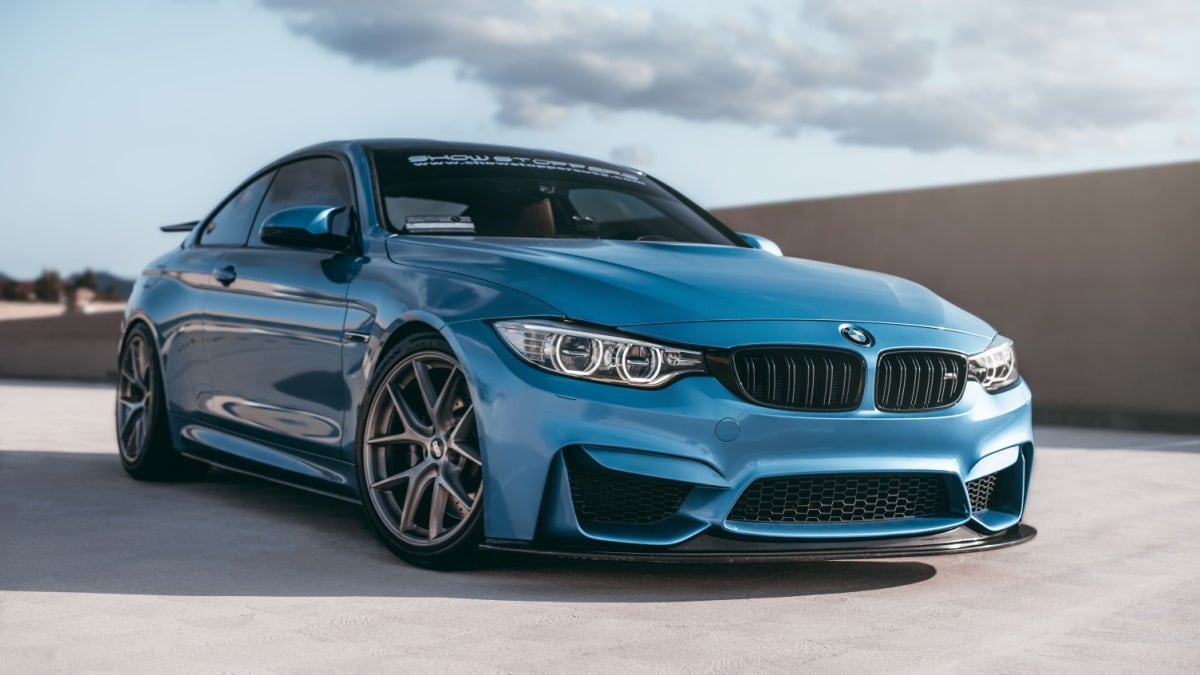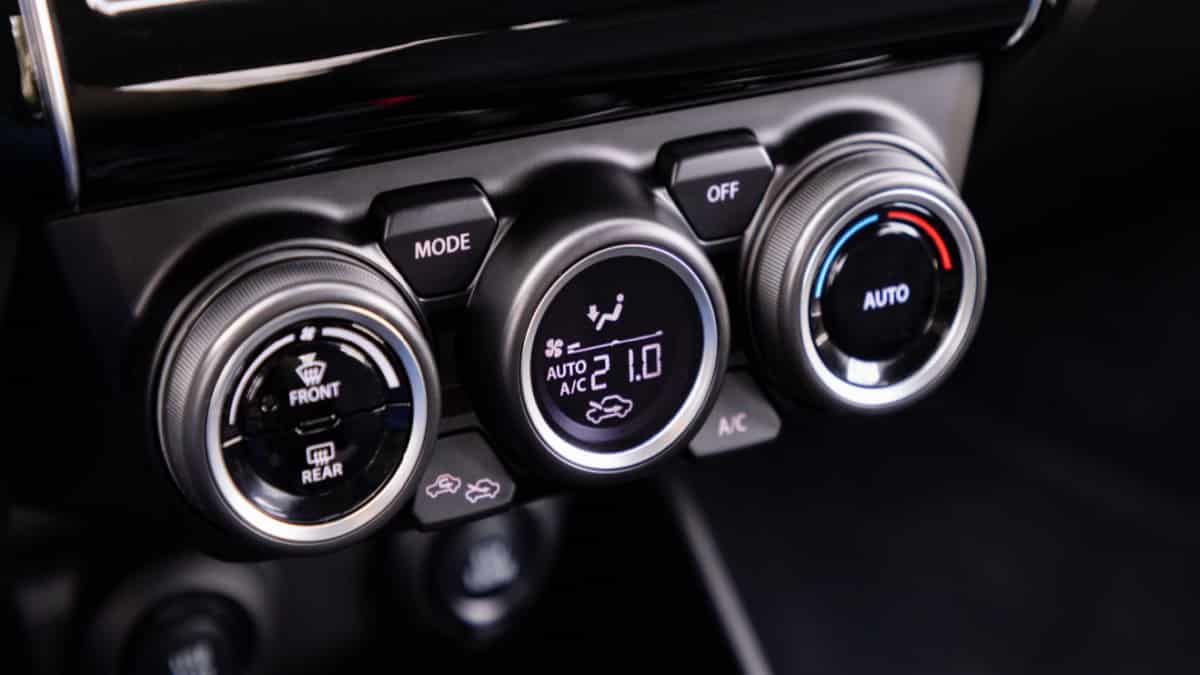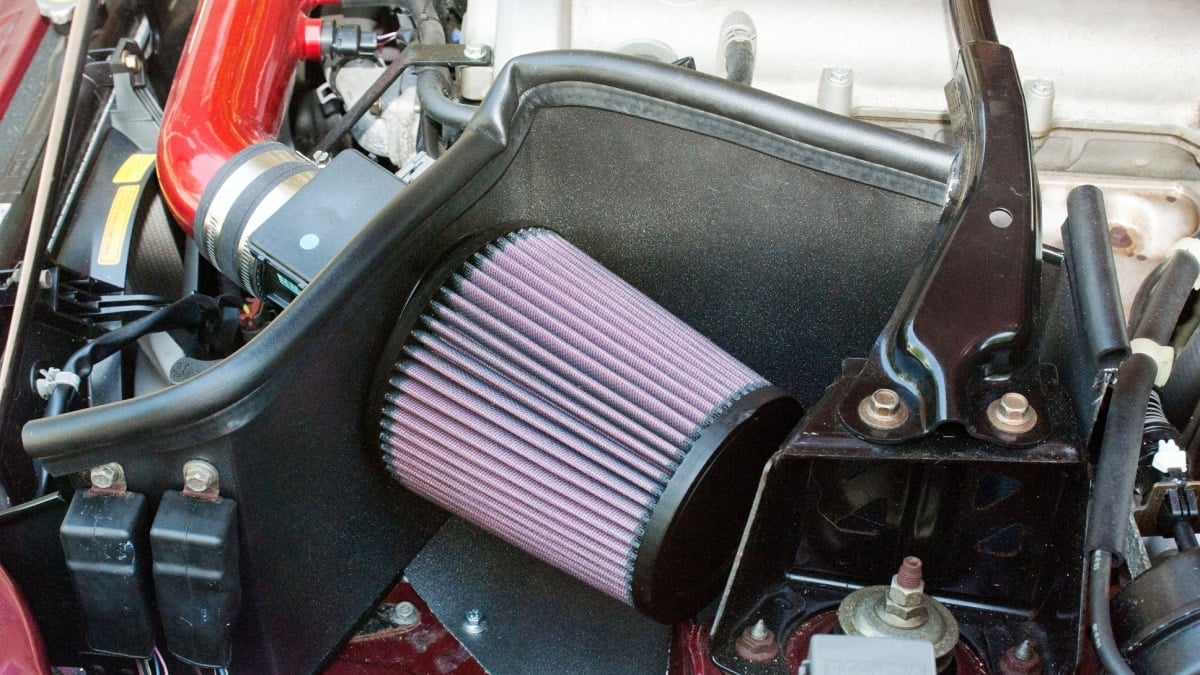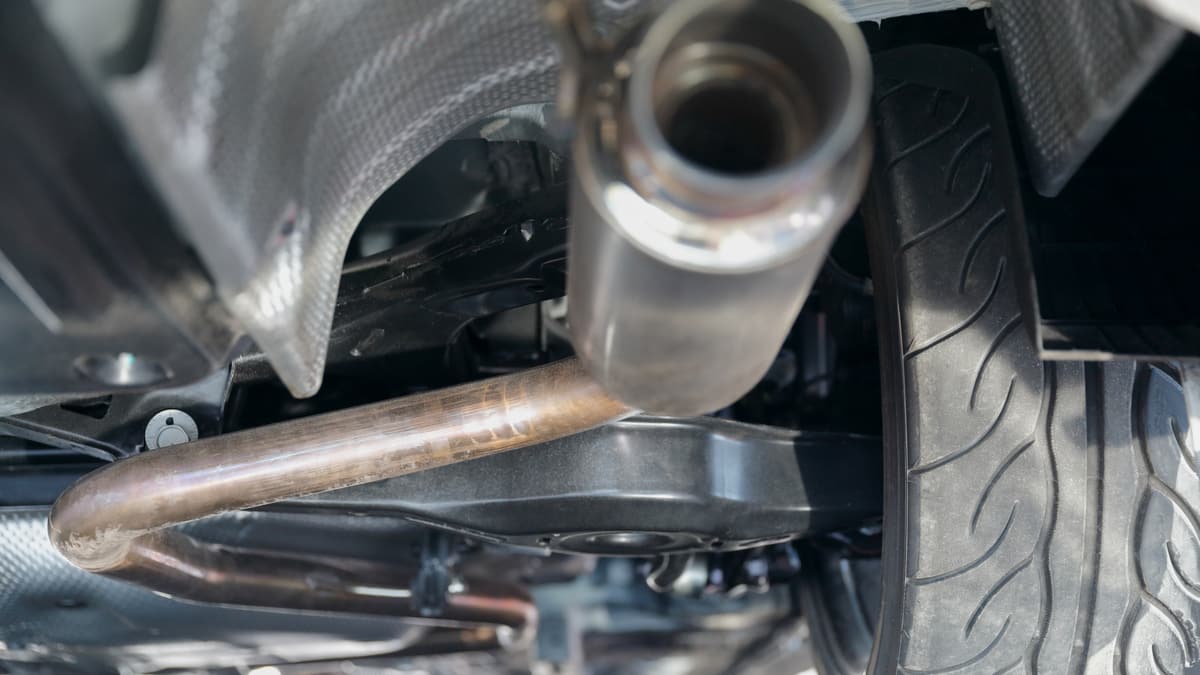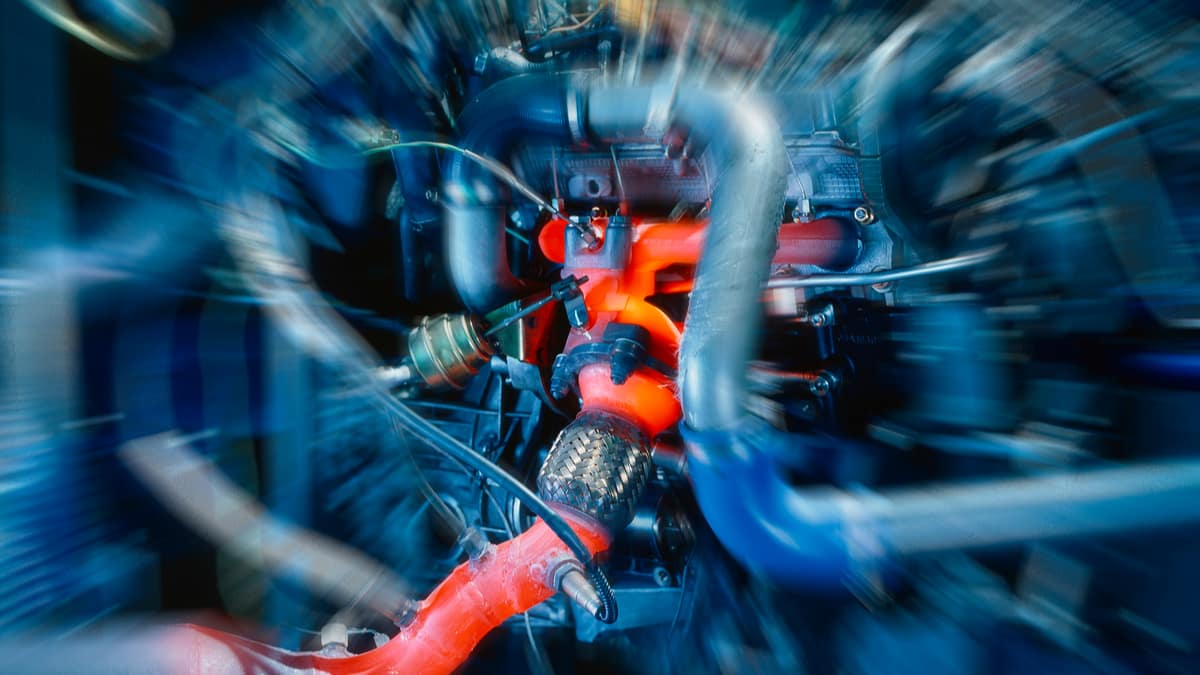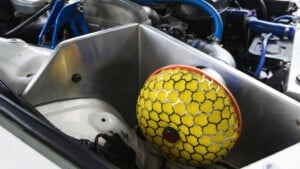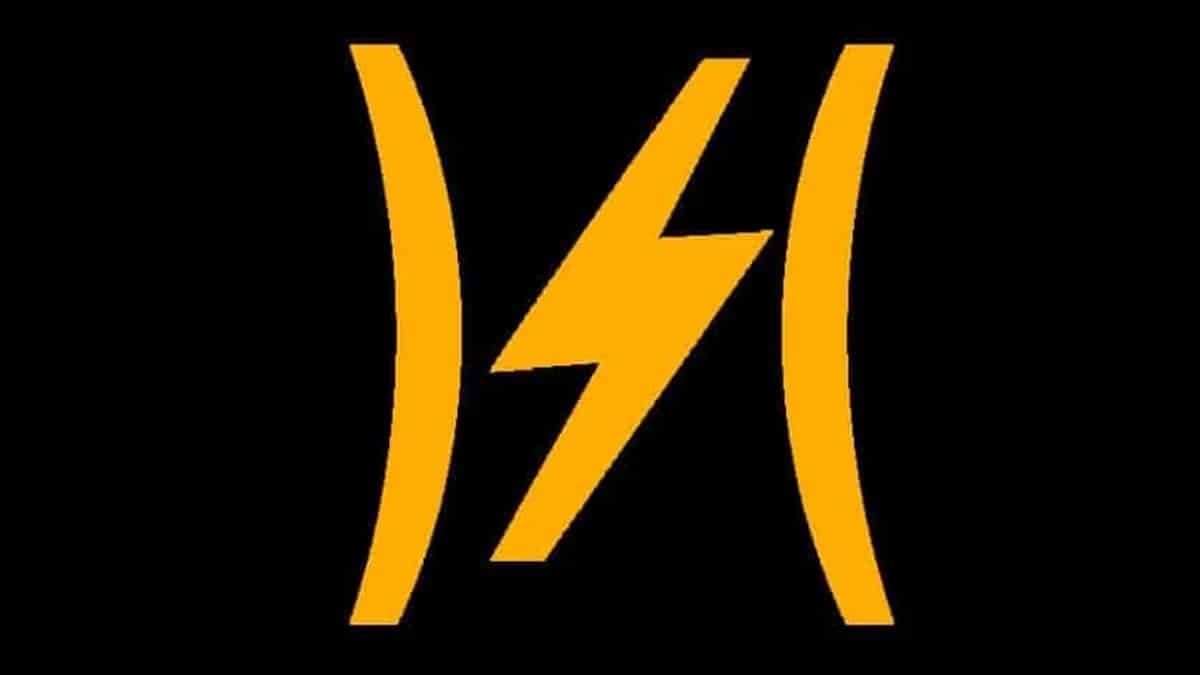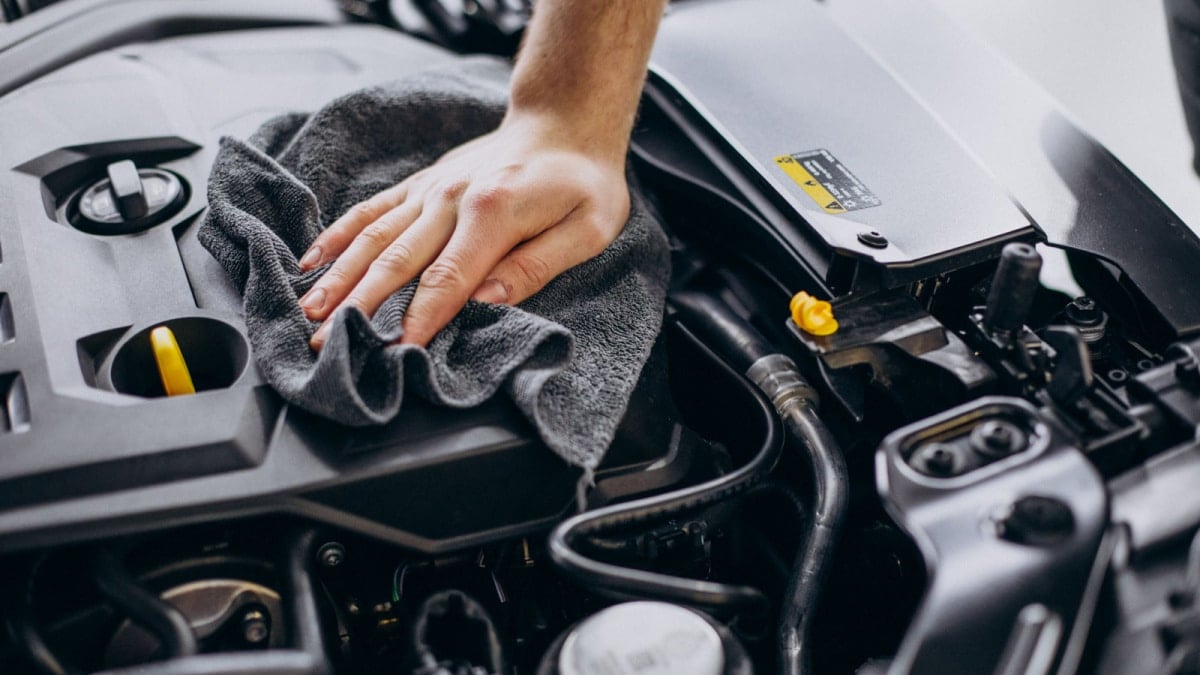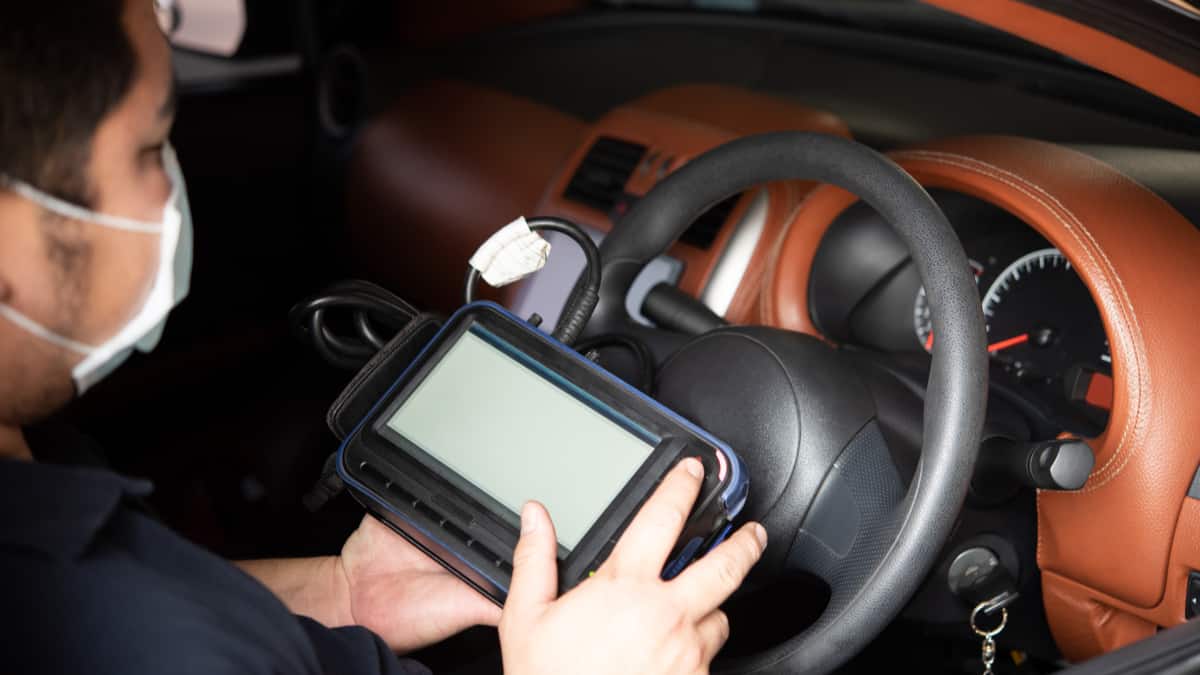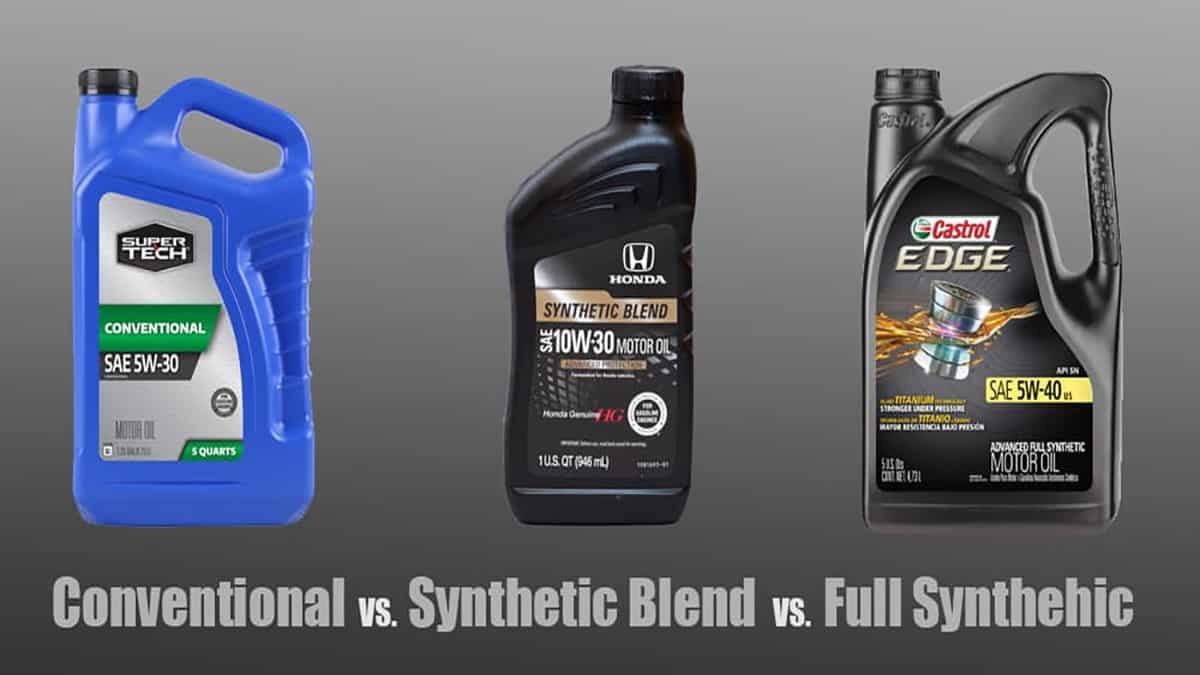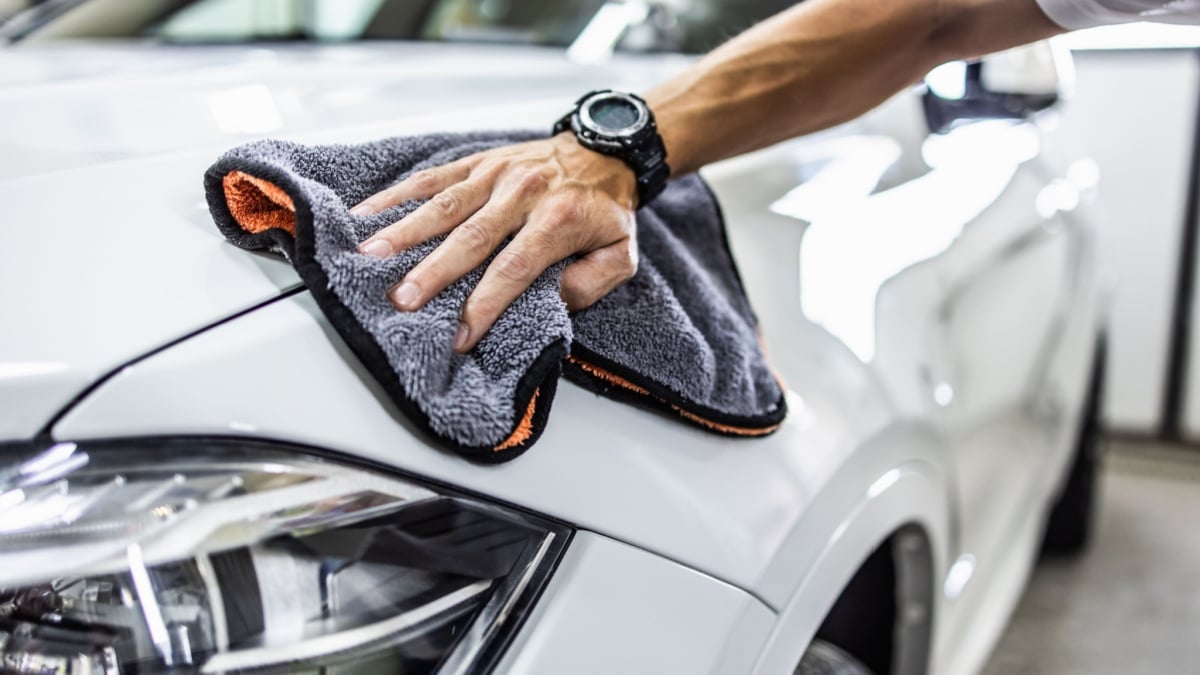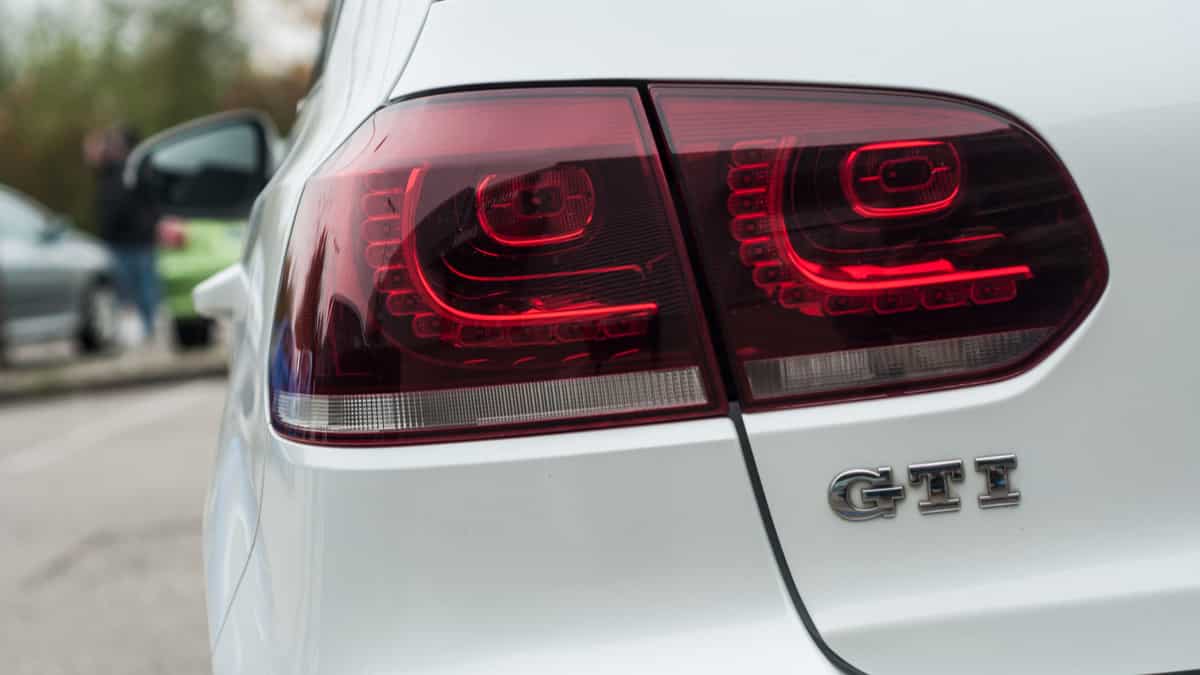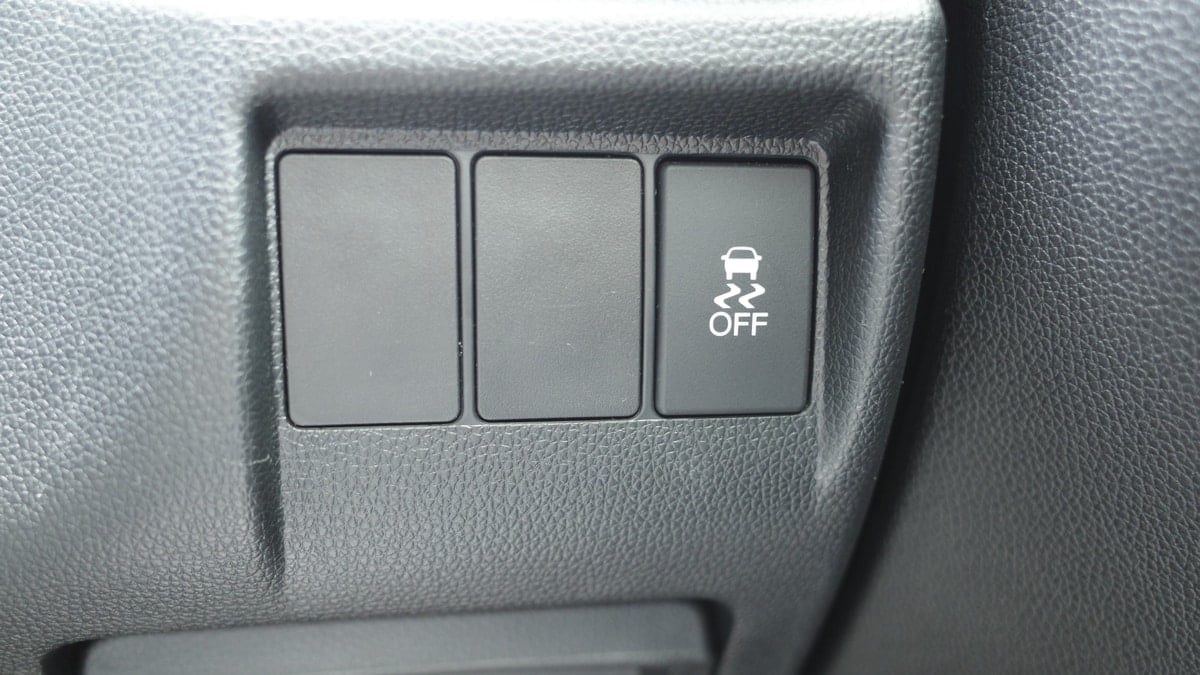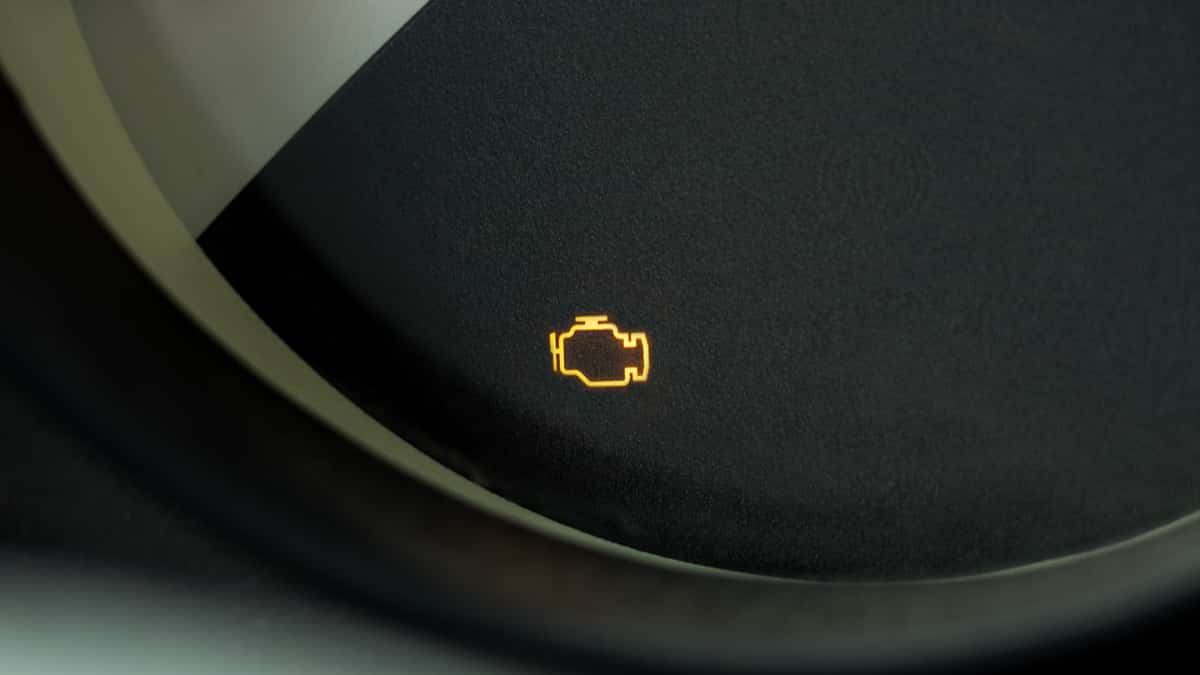If you’ve been around any car enthusiasts, you may have heard them discuss a full bolt on, but what does this mean? Is it worth doing to your car and would it benefit from the work? These are questions that deserve an answer.
In this guide, we discuss the meaning of a full bolt on and talk about what parts are included. We also cover whether the full bolt on is the same as stage tuning and answer a few of your top questions.
What Does Full Bolt On Mean?
The term bolt on is used to describe aftermarket parts that get bolted onto a car. With this in mind, a full bolt on implies that the car has multiple bolt on parts for modification. These cars may include new exhaust systems, suspension, wheels and performance parts for the engine.
A bolt on part can be swapped out for an existing part without making major modifications. There’s no need for fabrication, custom fitting or additional tuning. These parts are known as plug and play. Even the turbocharger and supercharger are considered to be bolt on parts because they bolt right on the engine. However, some of these bigger parts may require a little tuning to work correctly.
RELATED: OEM vs. Aftermarket Parts: Differences (& Which is Better?)
What Parts are Involved in Full Bolt-Ons?
Various parts are considered bolt on. With a full bolt on, your car would include numerous add-ons, across multiple systems. Of the most preferred bolt ons, you may choose a new exhaust, wheels with tires, a cold air intake, a sway bar, shocks and upgraded brake lines, among many more options.
Let’s look closer at each of these options.
1. Exhaust

The starting point for many people is the exhaust system. An aftermarket exhaust increases performance and changes the tone. The right exhaust can make a loud, aggressive sound, ensuring everyone knows where you are coming from.
The first exhaust upgrade may just be the exhaust. This bolt on part is at the end of the exhaust. A new muffler may only cost between $100 and $250, depending on how aggressive you want to get.
With some more money, you could choose a cat-back exhaust system. This system replaces the exhaust components after the catalytic converter. This replacement is going to be more expensive because of how many parts are required.
On the extreme side, consider replacing the exhaust manifolds and headers. These tubes come from the engine block, redirecting the exhaust gases. While these are bolt on parts, you will need more time to complete the labor.
RELATED: Exhaust System Replacement Cost
2. Wheels/Tires
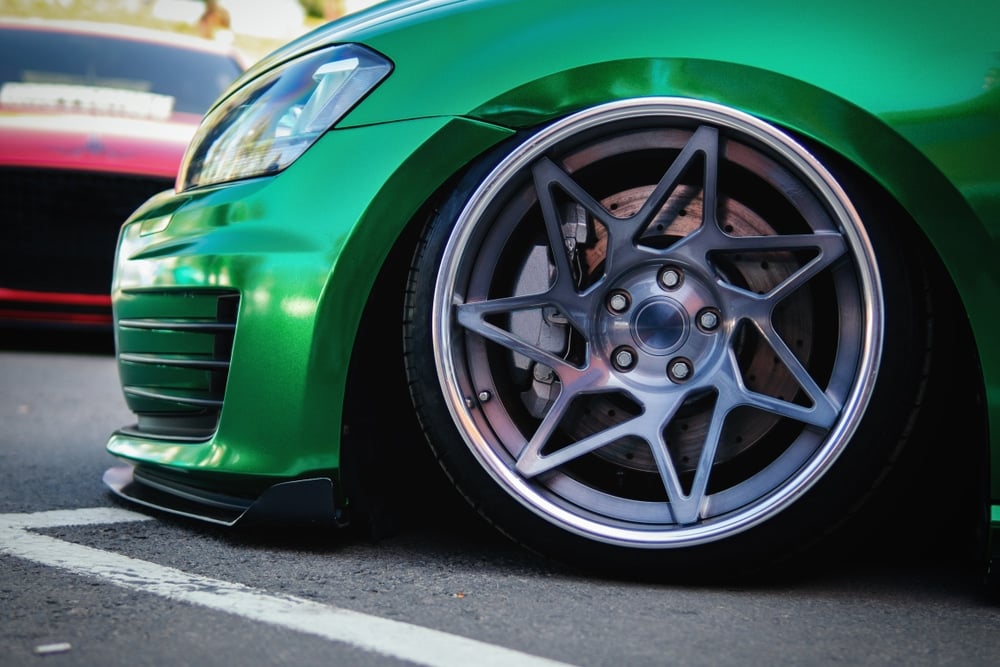
Wheels and tires may not be thought about as bolt on parts, but there’s little modification needed to perform an upgrade. With the right wheels and tires, on-road handling is increased and you can change the appearance of the vehicle.
Wide wheels and tires provide a larger contact patch, so you get a better grip. However, lighter wheels are going to provide better handling because they lower the weight.
Performance tires also change the tread that makes contact with the road. You can increase the grip and shorten stopping distances with the right tires. However, you are going to spend double or more to get performance tires over regular ones.
3. Cold Air Intake
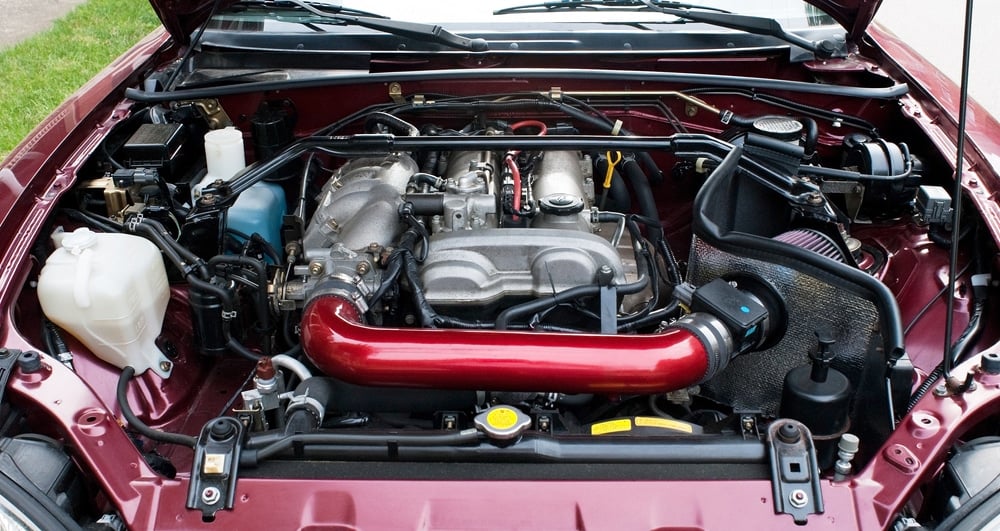
The car motor utilizes an intake system to suck air into the engine, so it can burn with the fuel. With the factory intake, there’s a nice balance of fuel efficiency and performance. By upgrading to a cold air intake, you get more performance.
How does a cold air intake increase performance? To start, the air filter is exposed, which is a better design than the paper filters installed in most stock intakes. Additionally, the cold air intake sits further from the engine, ensuring that the heat doesn’t warm the air.
Colder air features a higher oxygen density making for a more productive combustion reaction. This creates much more power and it has better airflow too.
To install a new cold air intake, you need to undo some clamps and screws. You will also need to take off the mass air flow (MAF) sensor, which isn’t a big deal. Plus, the cost may only be between $125 and $600.
RELATED: Does a Cold Air Intake Increase MPG?
4. Sway Bar
The sway bar is known as an antiroll bar. It’s made from steel and it connects both sides of the suspension with the help of the control arm. It keeps your car level while taking turns. It also prevents the car from rolling when cornering at high speeds.
The aftermarket sway bars provide more stiffness than a factory option. These can handle bigger loads with ease. You can also adjust many of them with the various holes that are provided with the sway bar links. Most sway bars cost between $125 and $700.
5. Shocks
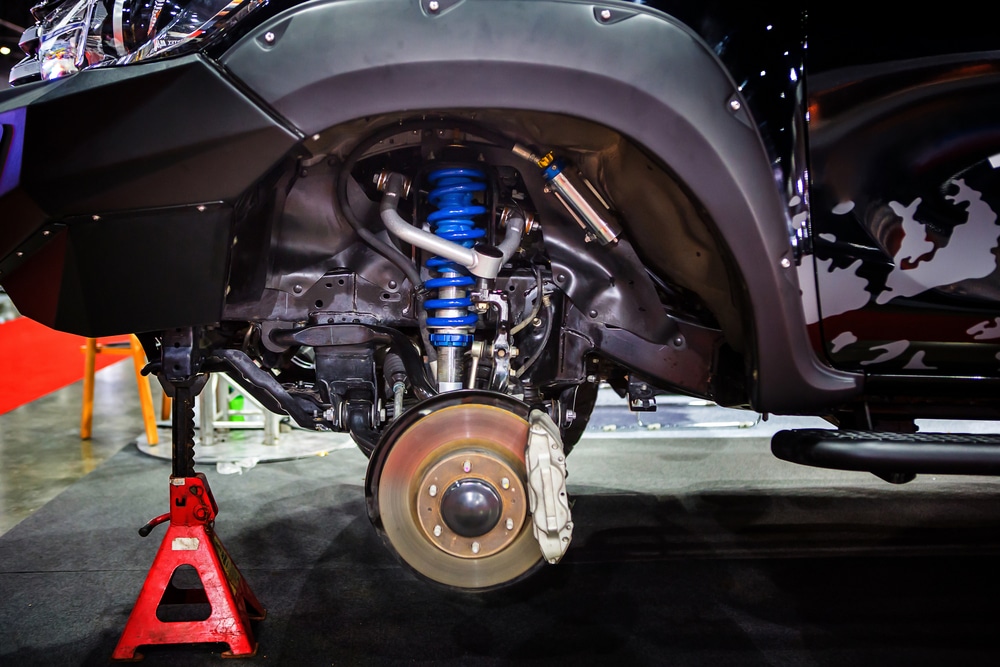
The suspension system also plays a large role in handling and performance. With upgraded shocks, the tires remain level and stay connected with the road. Higher speeds and uneven terrain will no longer be a big deal.
It’s not easy for everyone to put new shocks on, but they are considered bolt on. With the shocks, you may choose to add some other aftermarket suspension parts as well.
6. Upgraded Brake Hoses
With all of the added performance, you must also think about the braking system. You can add better brake pads and rotors, but it’s also important to increase the strength of the brake hoses. Stock brake hoses consist of a tube meant to transfer hydraulic fluid from the master cylinder to each caliper. Typically, they are made from rubber, which can blow from too much pressure and are prone to damage.
Consider the benefit of having steel braided brake hoses, which don’t swell or flex as factory hoses do. The steel covering over the rubber hose ensures fewer punctures, which is helpful if you take your vehicle off-roading. Can we also mention how cool they look?
Is Full Bolt On The Same As Stage Tuning?
What does it mean when someone talks about their car being at a certain stage? Stage tuning shows how much parts modification has occurred.
For example, Stage 1 means that the basic factory components have been replaced. Typically, this consists of just a performance chip, but the exhaust and air intake could also be modified.
Stage 2 involves more complex parts, including the intake, exhaust downpipe, clutch, engine mounts and intercooler. During this stage, you want to focus on replacing the parts that would be considered weakest on the vehicle.
Stage 3 or higher is reserved for replacing the more extreme parts. During this stage, the fuel pump, fuel injectors, turbo or supercharger would be replaced. Additionally, engine remapping might be required. At the end of this stage, the car will have unleashed most of its available power, but it probably won’t be very fuel efficient. You may have added ten to eighty horsepower to the setup.
A full bolt on generally refers to a vehicle that has reached stage 3 or more. It means that many parts have been replaced for maximum performance.
What counts as full bolt ons?
It depends on the vehicle and your objectives. With a full bolt on, most of the performance parts have been replaced. You will have moved beyond the exhaust and air intake onto more complicated components that could require engine remapping.
What mods make a full bolt-on?
There’s no set list of bolt on parts that make it complete. At each stage of tuning, the car gets closer to being considered a full bolt on. Once you get to the point where you are putting fuel components and a turbo or supercharger in, you are probably at stage 3 or higher. Engine remapping may also be necessary.
Do bolt ons add power without a tune?
The majority of bolt on parts don’t require tuning to get power out of them. If you add some new exhaust parts, a cold air intake or wheels and tires, you may not need to tune the engine. You still can if you want, just to increase performance or add efficiency.
Do I need a tune after bolt ons?
With most bolt ons, you don’t need to get a tune after the installation. While it’s not required, many people still choose to perform engine mapping to increase the balance of performance and efficiency. This isn’t something that is usually done at home but may require a professional mechanic.
If you are ready to take your car performance to the next level, consider the benefits of a full bolt on. As car enthusiasts, we are always on the lookout for a car that’s highly modified. These are the types of cars that turn heads and cause us to drool.
The best part about modifying a car is that the sky is the limit. You can add a few parts at a time or do it all at once. Just remember to stick to your budget because it’s easy to get enticed and go further than what you can afford.
Learn more:
- How to Increase Car Engine’s Horsepower & Torque? (8 Steps)
- 8 Best Performance Tires
- How to Make Your Car’s Exhaust Sound Louder (8 Ways)
Categories: Market
